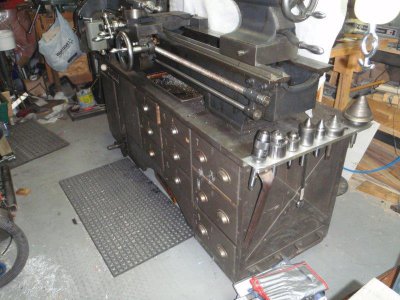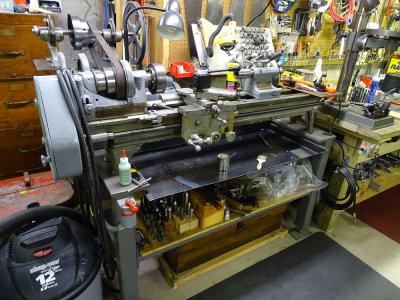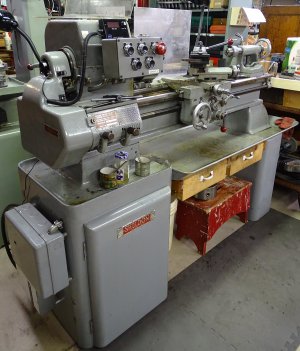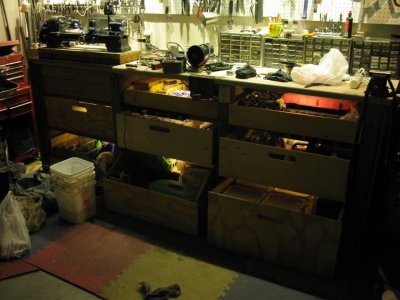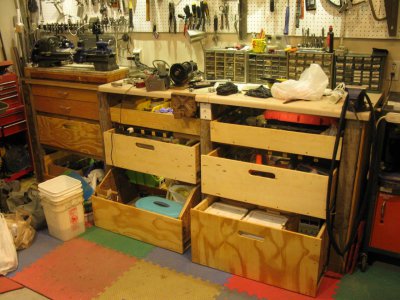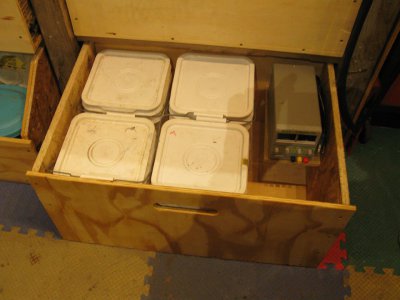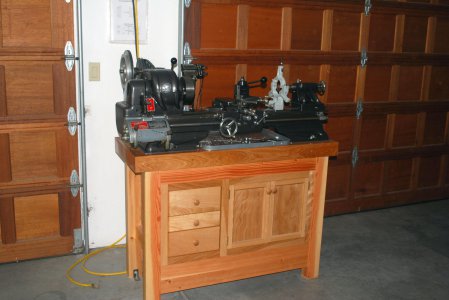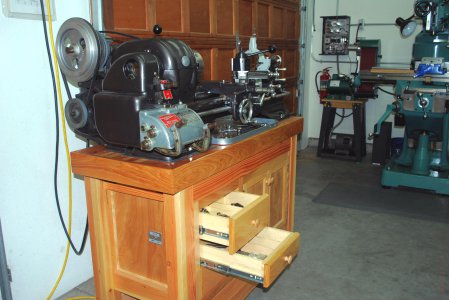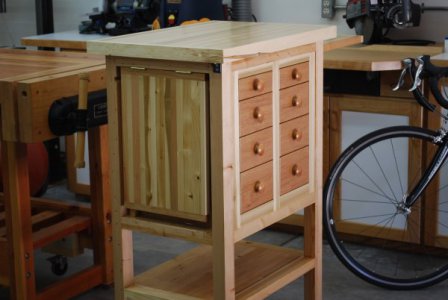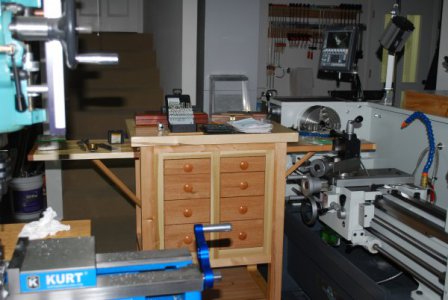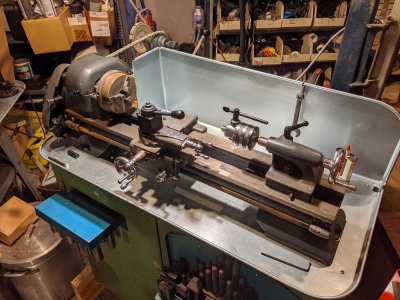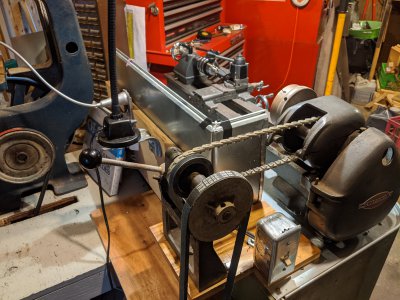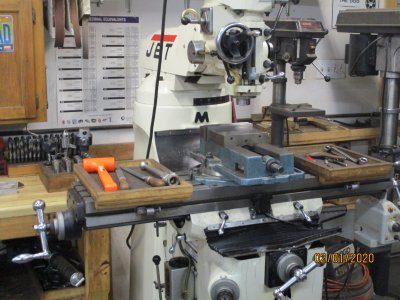- Joined
- Feb 17, 2013
- Messages
- 4,406
Well, that, too. But I was inspired by the sonar room scenes in Hunt for Red OctoberWow, very nice hman; I bet it was tough to get rid of it after all that work. The knee action caster plates are very clever. It looks like you even had a place for a roll of toilet paper. I assume that is to be used after those “near misses” we all have from time to time.
As for the caster plates - I've started work on a detailed article for Home Shop Machinist/Machinist's Workshop. Hope to get it done before summer. Glad you like them.


